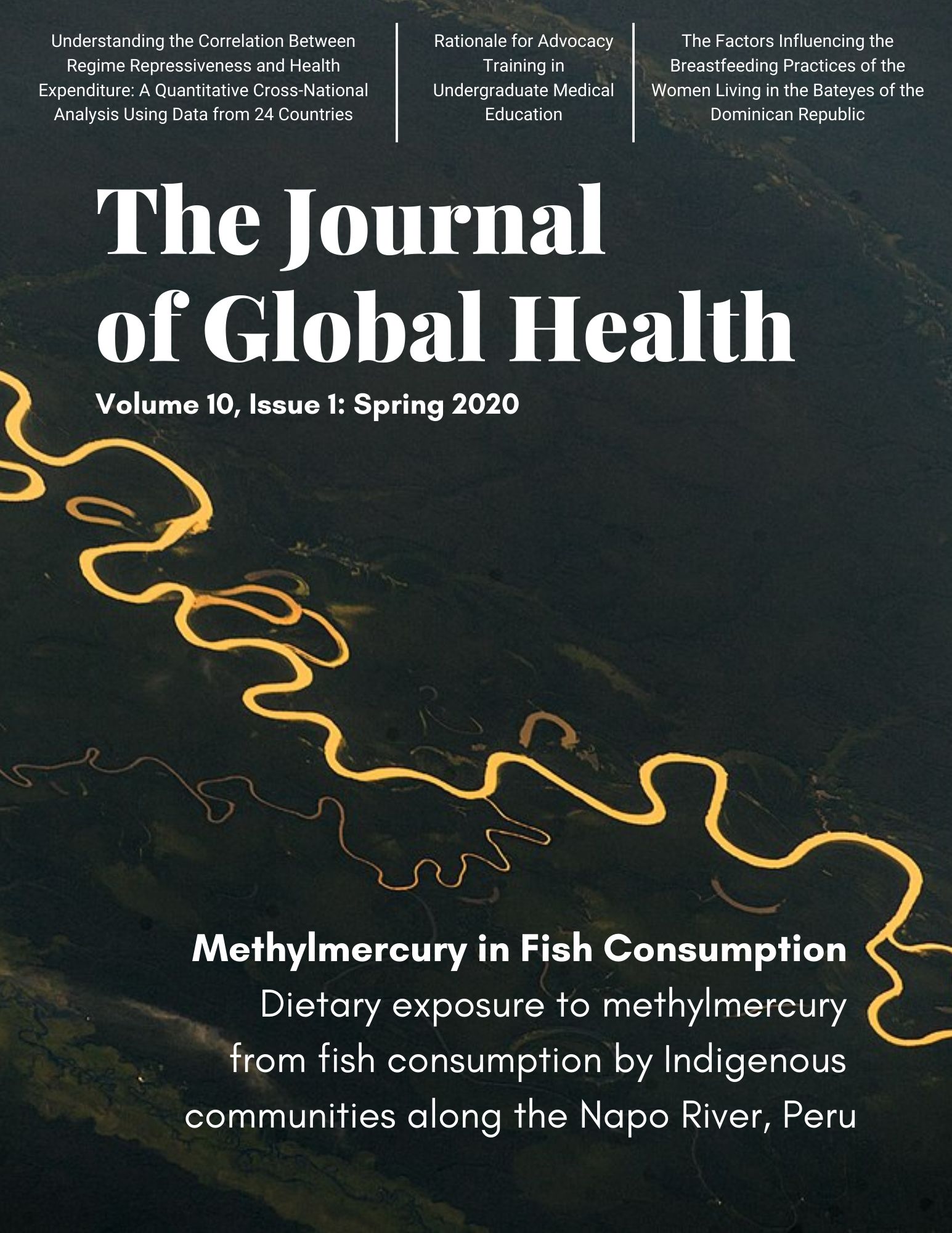Understanding the Correlation Between Regime Repressiveness and Health Expenditure: A Quantitative Cross-National Analysis Using Data from 24 Countries
Main Article Content
Abstract
This study investigates the correlation between the repressive nature of a regime and its impact on social spending over time, especially healthcare spending. Freedom House scores are used to measure regime repressiveness, which is a measure of the overall rights and freedoms experienced by a country’s citizens.1 This study systematically categorizes countries into nonrepressive, semirepressive or repressive regimes. Three independent variables were used in this study to measure health expenditure: total health expenditure as a percentage of the GDP (CHE), public health expenditure as a percentage of the total health expenditure (PHE) and out-of-pocket health expenditure as a percentage of the current health expenditure (OHE). Both dependent and independent variables were measured at 2000 and 2015 in order to evaluate changes over time. The findings suggest that the relationship between regime repressiveness and health expenditure is not as linear as previous studies report. In all three variables, the semirepressive regimes are the most mobile and dynamic group of countries in terms of social spending, leading to the conclusion that the relationship between regime repressiveness and health expenditure is not necessarily linear. More research needs to be devoted to exploring the complex nature of semirepressive regimes.
Article Details

This work is licensed under a Creative Commons Attribution 4.0 International License.

